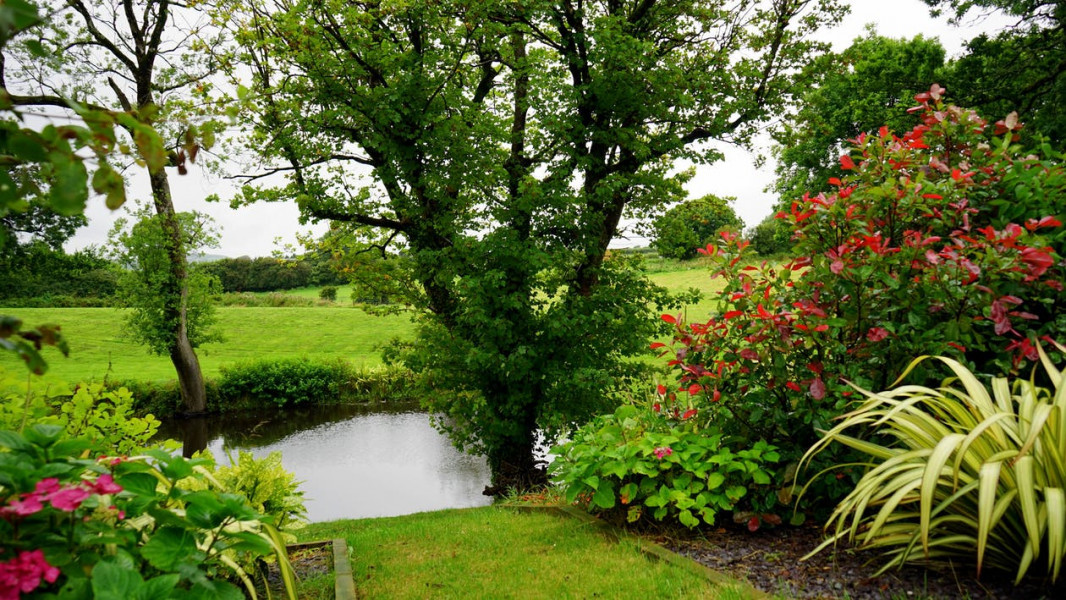
Summer is the season when your garden can truly flourish and become a vibrant oasis. To ensure the health and beauty of your outdoor space, it is essential to prioritize watering, feeding, weeding, and pest control. In this comprehensive guide, we will provide expert advice and top tips to help you maintain a bountiful garden throughout the season.
Proper watering is crucial for the well-being of your plants, especially during the hot summer months. Here are some essential tips to ensure your plants receive the hydration they need:
Water in the Morning: Water your plants in the morning to prevent potential damage from intense midday heat and faster evaporation. This ensures your plants receive the necessary hydration without the risk of dehydration.
Focus on the Root Area: Direct your watering efforts towards the root area of the plants, rather than wetting the foliage. Wet leaves can create a favorable environment for plant diseases.
Apply Mulch: Mulching helps regulate soil temperature, retain moisture, and reduce evaporation. Apply a layer of mulch around your plants to keep the soil cool and moist for longer periods.
Invest in Quality Watering Tools: Use high-quality watering tools such as professional hoses or drip irrigation systems to ensure efficient and effective watering. Potted plants may require more frequent watering, aiming for approximately 10% of the pot volume.
During the summer months, when plants' roots are actively growing, providing proper nourishment is essential. Here are some tips for feeding your plants:
Container Plants: Feed container plants, hanging baskets, and pots on a weekly basis using a suitable feed. Follow the manufacturer's instructions regarding application rates to achieve the best results.
Know Your Soil Type: Plants grown in beds may require less feeding as they derive nutrients from the soil. Understanding your soil type will help create the perfect growing environment for your plants.
Did you know? Soil plays a vital role in the health and growth of your plants. Understanding your soil type allows you to provide the necessary amendments for optimal plant growth.
Your lawn deserves special care during the summer season to withstand the wear and tear of high foot traffic and the scorching sun. Here are some top lawn care tips:
Feed Your Lawn: Apply a specialist fertilizer tailored to provide an even supply of nutrients for a lush and healthy lawn.
Fill in Sparse Patches: Use grass seed to fill in sparse patches and promote a thicker lawn. This will also improve the overall color and appearance of your lawn.
Weed Control: Regularly remove weeds to prevent them from competing with your lawn for essential nutrients.
Water Newly Laid Turf: Water newly laid turf daily to help it establish. Ensure that enough water penetrates into the soil beneath.
Weeds can quickly overtake your garden during the summer months. Here are some tips to control and prevent weed growth:
Complete Weed Removal: When removing weeds, try to remove the entire root to prevent regrowth. Use a grubber for deeper-rooted weeds like dandelions, minimizing damage to the surrounding soil.
Weed Killers: Use weed killers to control deep-rooted perennial garden weeds. Always read and follow the label instructions for safe and effective use.
Weed Protection Fabrics: Consider using weed protection fabrics to create a barrier that prevents weed growth while still allowing water to penetrate.
To ensure consistent flower production from your herbaceous perennials, deadheading is crucial. Follow these tips for effective deadheading:
Remove Dead Flower Heads: Pinch or cut the stem below the faded flower to encourage new growth.
Know Your Flowers: Different flowers require specific deadheading methods. Familiarize yourself with the best techniques for each type of flower.
Unruly climbers and herbaceous plants can benefit from proper support. Use these tips to control and guide their growth:
Tomato Cages: Use tomato cages to train and support tomato plants, preventing them from flopping over. Tie the plants to the cage for added stability.
Obelisks: Obelisks are ideal for climbing plants as they provide support for their growth and entwining. You can easily make obelisks using bamboo canes and gardening twine.
Trellising: For plants that grow outwards as well as upwards, trellising provides excellent support.
Pests and diseases can pose significant threats to your garden's health. Here are some tips to keep them under control:
Read the Label: Always read and follow the instructions on pest control products to ensure proper application.
Remove Diseased Foliage: Promptly remove and dispose of diseased leaves and foliage to prevent the spread of fungal diseases.
Avoid Evening Watering: Watering in the evening creates a warm and moist environment that promotes fungal disease development. Water your plants earlier in the day to allow foliage to dry before nightfall.
Organic Pest Control: Consider using organic pest control methods to minimize the use of chemicals and encourage natural predators like hoverflies and ladybirds.
Organic Pest Control Tip: Organic pest controls are safe and environmentally friendly. They attract natural predators, providing chemical-free pest control for your garden.
After all the hard work, it's time to sit back, relax, and enjoy your garden in full bloom. Consider adding decorative pots, planters, and other elements to enhance its beauty and create a personalized outdoor space.
Pro tip: Check out our related articles on monthly gardening calendars, garden styling for summer, and using decorative stones for landscaping ideas.
With these expert tips and advice, you are well-equipped to transform your outdoor space into a flourishing green oasis this summer. Remember to prioritize watering, feeding, weeding, and pest control to ensure a vibrant and bountiful garden. Enjoy the fruits of your labor and relish in the beauty of nature right in your own backyard.